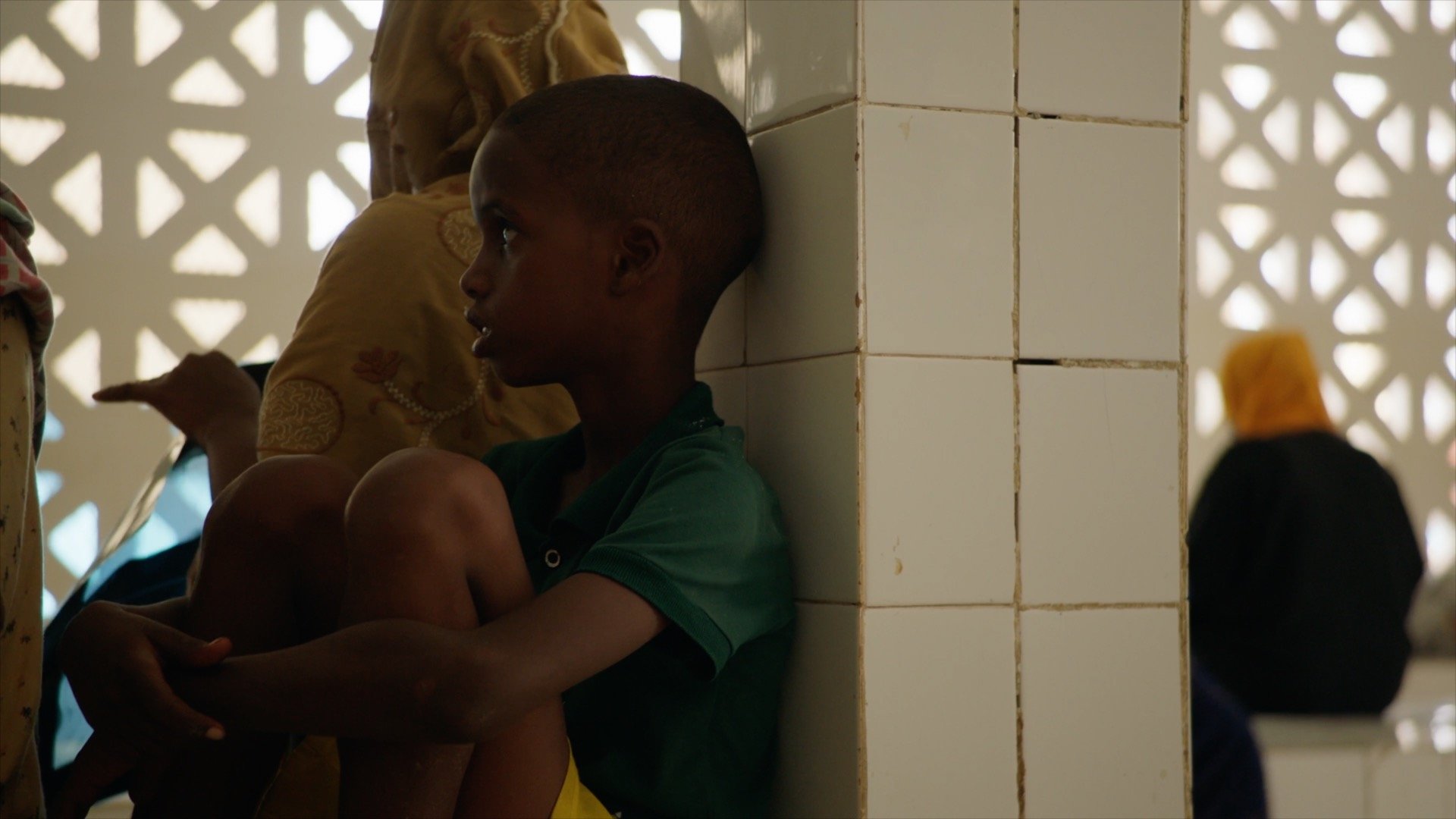
The Malaria Challenge
The Challenge
Malaria is a deadly disease spread through the bite of infected female mosquitoes.
Each year, more than 250 million people are infected by malaria, leading to over 600,000 deaths. The majority of these victims are children under the age of five in Africa.
The World Health Organisation has warned that multiple converging threats - including invasive species, rising resistance to insecticides and drugs, and climate change - are threatening the fight against malaria.
In Africa, most malaria is contracted in rural areas, but a new invasive mosquito threatens to trigger a new malaria threat in the continent’s cities and towns. Since 2012, when the invasive malaria vector species Anopheles stephensi was first reported in Djibouti in the Horn of Africa, malaria incidence has exploded: 27 cases were reported in 2012; they are now being reported by public health authorities in tens of thousands each year, mainly in Djibouti’s capital city and surrounding communities.
More About Anopheles stephensi
Anopheles stephensi is a malaria-transmitting mosquito native to Asia, which has spread to the Middle East and has now invaded the Horn of Africa. Unlike most malaria vectors, it is well-adapted to colonizing urban environments, presenting a major new malaria threat to more than 125 million people living in cities across Africa.
Anopheles stephensi is widely resistant to insecticides and readily bites humans outdoors, reducing the effectiveness of bed nets and other conventional malaria prevention tools.
In one recent publication describing this new threat in Africa, two leading mosquito experts stated that “urgent action is needed to prevent urban malaria epidemics from emerging and causing a public health disaster.”
Anopheles stephensi has spread across East Africa and has now reached West Africa. As it spreads further, its ability to colonize urban environments presents a significant new risk to many millions of people.
Red = confirmed
Orange = suspected

